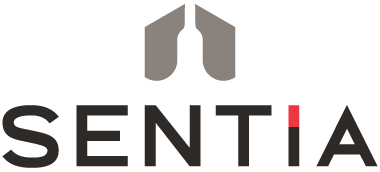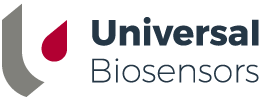
Frequently Asked Questions
Sentia is designed for winemakers and other winery personnel that want to measure commonly required analytes in wine accurately with no specialist skills required.
Sentia measures free sulfur dioxide, malic acid, glucose, fructose, acetic acid and titratable acidity in the winery.
Sentia™ has regulatory approval in Australia, New Zealand, Canada, Europe (EU), Israel, South Africa, Chile, and the United States of America.
Sentia™ is truly portable. It has the same form factor as a typical smartphone so it will even fit in your pocket. You can use Sentia™ wherever you need a test result.
No sample preparation is required for free SO2 and glucose methods. Simply apply a drop of red or white wine to the test strip when prompted by the Sentia Analyzer.
Malic acid, fructose, acetic acid and titratable acidity methods require a simple pre-dilution with a specific diluent.
See Sentia™ dilution and sample prep instruction guide – Sentia for further information.
Most Sentia methods provide a result in less than one minute of sample application.
Yes. Sentia™ stores up to 1000 results in its memory and can export those results over Wi-Fi.
You can export your past results from Sentia™ over Wi-Fi to your computer in CSV format. You can then import the data into a spreadsheet in order to analyze, sort and filter your results.
Sentia™ is able to run tests without a Wi-Fi connection. You will need to have a Wi-Fi connection when you first use Sentia™ so that you can download calibration data from the internet. After that, you will need to connect once every three months or so to download the latest calibration data for new strips made at our production facility. However, we recommend that you stay connected to Wi-Fi as often as possible so that your software can be upgraded when a new version is available.
Sentia has been designed for the analysis of wine. If you want to test another beverage, we recommend that you cross-check the results you get from Sentia with another independent method.
Sentia™ contains a fully enclosed rechargeable battery and comes with a power adaptor.
Sentia™ can run at least 100 free SO₂ tests between battery charges. Charging the battery is as simple as plugging in the power adaptor (provided).
Sentia™ will automatically check for software upgrades whenever it is connected to the internet (via Wi-Fi). If an upgrade is available, Sentia™ will perform the upgrade (after confirming with you that it is a good time to do so).
To find your local distributor, check the Sentia™ distributors page. If there is no distributor in your country yet, please contact us if you interested in distributing Sentia.
Yes, we warrant that this product will operate substantially in conformance with UBS’s published specifications, when subject to normal, proper and intended usage by properly trained personnel, for a period of twelve (12) months from the date of shipment to the customer. Lamps, fuses, bulbs and other expendable items are expressly excluded from the Warranty. The Warranty Period for spare parts for this product is three (3) months from the date of shipment to the customer. UBS does not warrant that the operation of this product will be uninterrupted, error-free or will accomplish any particular result.
The Warranty is given to the original customer only and, subject to applicable law, is not assignable or transferable.
If you need technical support, start with your local distributor or supplier. To find your local distributor, check the Sentia website (https://universalbiosensors.com/products/sentia/distributors/)
Titratable acidity measuring norms are country dependent. If you reside in Australia, New Zealand, South Africa, the United States or Canada, the convention is to measure titratable acidity at pH 8.20. If in Europe, the convention is to measure titratable acidity at pH 7.00.
Most titratable acids found in wine will be captured (as protons) when titrated with a strong base to pH 7.00. Some additional protons however can often be captured if we extend the endpoint to pH 8.20. Titratable acidity values taken at pH 8.20 versus pH 7.00 are typically 5-10% higher.
